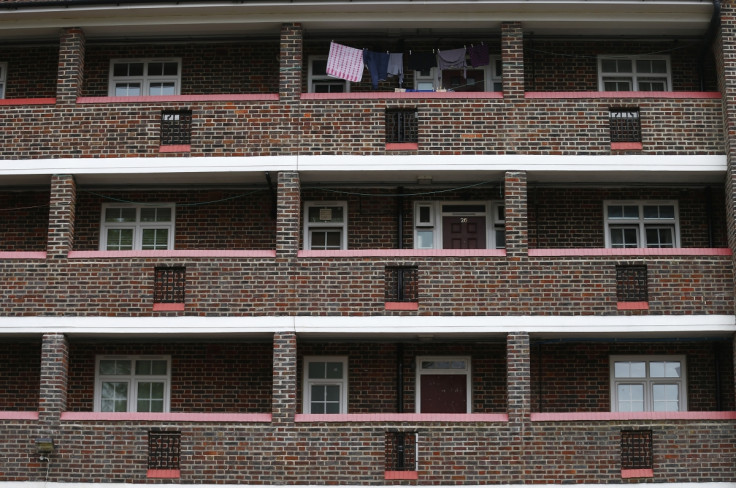London housing crisis: Build on green belt land because it's a 'corrupt subsidy' to rich homeowners

Build on the green belt around London to end the housing crisis and take the heat out of rising rents and house prices, argues a new report from the Adam Smith Institute, a free market think tank.
House building in London is running at around half the level needed to meet demand as the city's population grows ever nearer to 10 million. House prices and rents have spiked because there are not enough homes. The average London house price is £531,000, says the ONS. For England, the average is £300,000, including London. Rents in the capital are up by over a fifth since 2011, well ahead of wages.
The ASI argues a large part of the housing shortage in London is caused by the Metropolitan Green Belt. Strict green belt rules protect areas around the capital and other urban centres to prevent cities sprawling out and merging with smaller settlements, and stop development on the countryside. The restrictions date from the post-war years when the country went through an intense period of redevelopment and construction.
But much of what is called the green belt should not be because it is of low environmental value, argues the ASI report, written by senior fellow Tom Papworth, such as hundreds of golf courses and intensively farmed agricultural land. The ASI says just 3.7% of the green belt would be enough to supply a million homes near to London's vital transport links.
'A corrupt subsidy to the middle class'
In its latest report, the ASI gives a number of examples of how green belt land could be freed up to be developed. Its six suggestions are declassify Metropolitan Green Belt land within walking distance of a railway station; declassify green belt land in London within cycling distance of a railway station; allow development of green belt golf courses; remove areas of green belt that do not support green belt policy; remove agricultural land from the green belt; and declassify and reuse of already developed green belt land.
One of the areas highlighted is around Theydon Bois Underground station in Essex. To the east of the station, which is served by the Central line, is farmland and a field "home to three horses", says the report. Another is a giant former quarry next to Redbridge, designated as green belt, which if declassified could provide room for thousands of new homes.
This doesn't have to mean less green space. More green belt land available for development means cheaper land, cheaper gardens, and bigger public parks and sports fields
"London's green belt is a corrupt subsidy to the middle class that hurts ordinary Londoners," said Sam Bowman, executive director of the ASI. "It doesn't provide amenity to most Londoners, who rarely even see it, and it drives up land prices which makes houses and inner-city green spaces unaffordable for everybody but the rich.
"To solve the housing crisis, we need to build more homes. To build more homes, we need to free up some of London's green belt. It's as simple as that.
"This doesn't have to mean less green space. More green belt land available for development means cheaper land, cheaper gardens, and bigger public parks and sports fields. Those are green spaces that Londoners actually use. Right now, London is being strangled by the green belt, and freeing up more of that land for development of houses, gardens and parks would give all of us more room to breathe."
Use of brownfield sites
There is little political appetite for building on the green belt, though. The government argues solving the housing shortage can be done without using the green belt by developing the brownfield sites across the city.
The Metropolitan Green Belt is enshrined in law. But across the rest of England, local councils have control over what is green belt land in their areas. There has been an increase in building on green belt land in recent years.
Construction industry analyst Glenigan found that in 2009-10, 2,258 homes were approved in green belt areas. In 2013-14, the number had risen to 5,607. By 2014-15, it had hit 11,977 homes.The Campaign for Rural England, which opposes building on the green belt, argues there is enough brownfield land across England for nearly a million homes, including 146,000 in London.
© Copyright IBTimes 2025. All rights reserved.






















